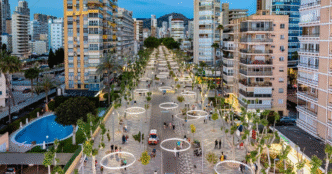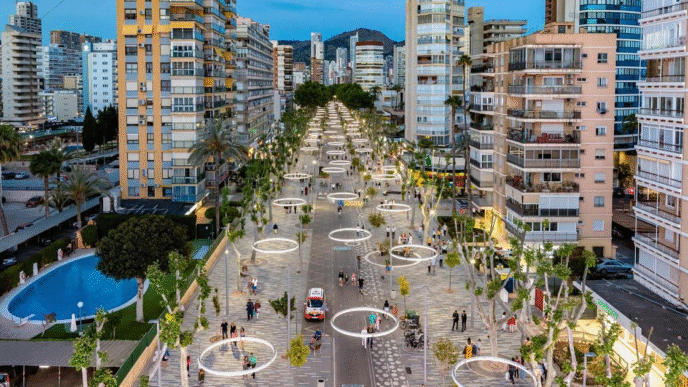Salzburg is embarking on a comprehensive overhaul of its urban mobility strategy with the development of a new “Mobility Plan 2040”, set to replace the city’s 1997 transport framework. This initiative aims to respond to the evolving mobility needs of the city and its surrounding regions, with completion targeted for the end of 2026.
The existing transport policy, adopted nearly three decades ago, no longer aligns with the current dynamics of urban movement. Recent years have seen the introduction of various individual plans, yet a cohesive and binding strategy has been absent. The need for a unified approach has become increasingly evident, particularly given projected growth in commuter traffic. Currently, over 54,000 individuals commute into Salzburg daily, with projections indicating a significant rise by 2040. Additionally, approximately 23,000 residents commute out of the city, and a further 53,000 undertake daily intra-city journeys.
Salzburg plans to develop a Sustainable Urban Mobility Plan (SUMP) in line with European Union requirements for Trans-European Transport Network (TEN-T) nodes. This plan will cover all transport modes, including private vehicles, public transport, cycling, and walking
To ensure the plan reflects the needs and aspirations of its citizens, the city will engage a broad spectrum of stakeholders. This includes residents, local businesses, and organisations such as the Chamber of Labour, Chamber of Commerce, and the Old Town Association. Engagement activities will include district forums, online surveys, thematic workshops, and public dialogue sessions.
The city doesn’t want to wait until the full Mobility Plan 2040 is ready before taking action. Initial steps are planned by the end of 2026. One of these is to reduce traffic between Neutor and the House of Nature, by closing Neutor Gate to through-traffic. In the old Nonntaler Hauptstraße, a new shared space is planned, where cars, bikes, and pedestrians can all use the road more equally. A new public transport plan will also be introduced in 2026, including a full redesign of the trolleybus network. Cycling will be improved too, with a new northern bike route connecting Itzling, Schallmoos, and Gnigl/Sam. A new bike-sharing service called “S-Bike” is planned to start in 2026 as well.
Author: Claus Köllinger
Views and opinions expressed are those of the author(s) and do not reflect those of the European Commission.












